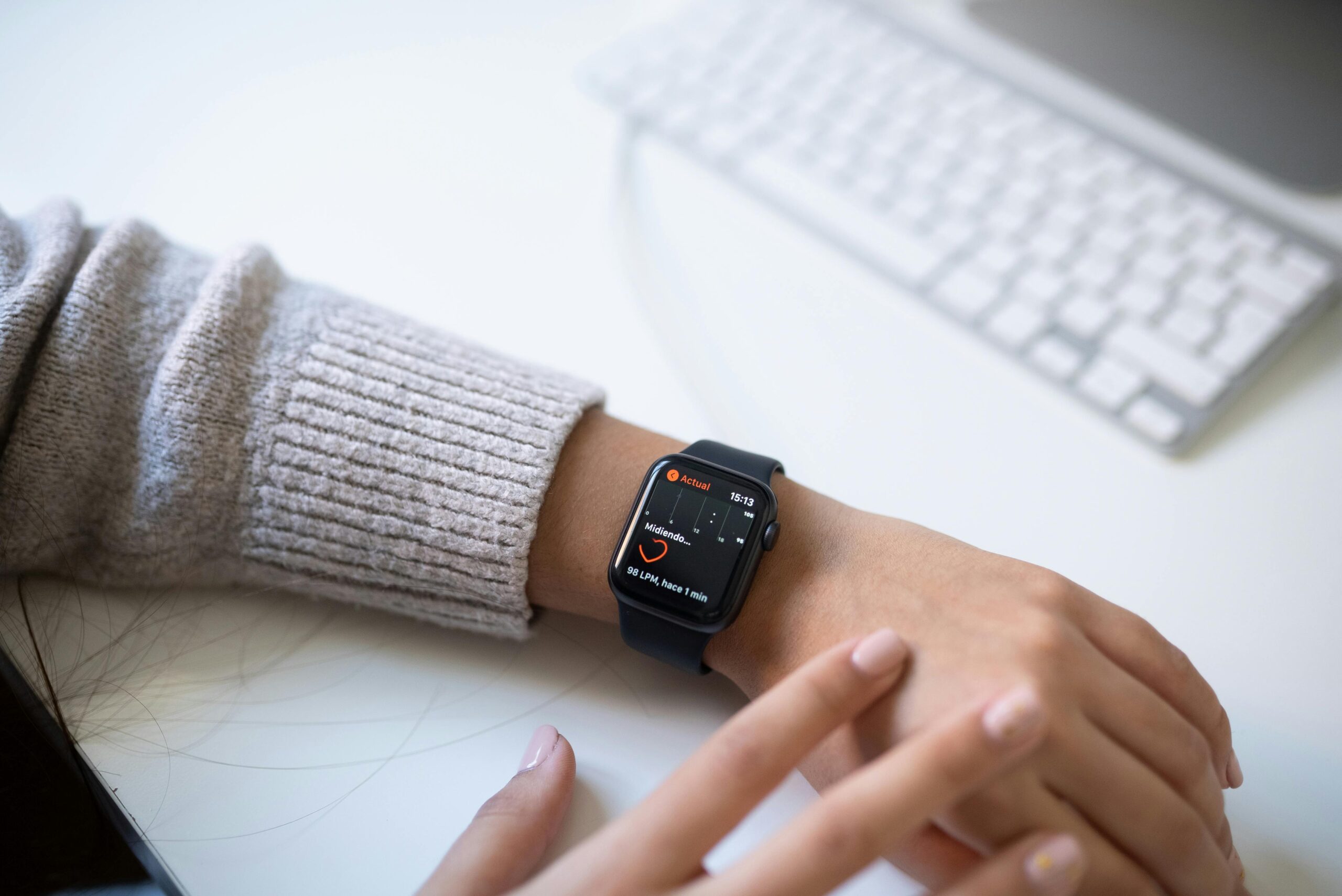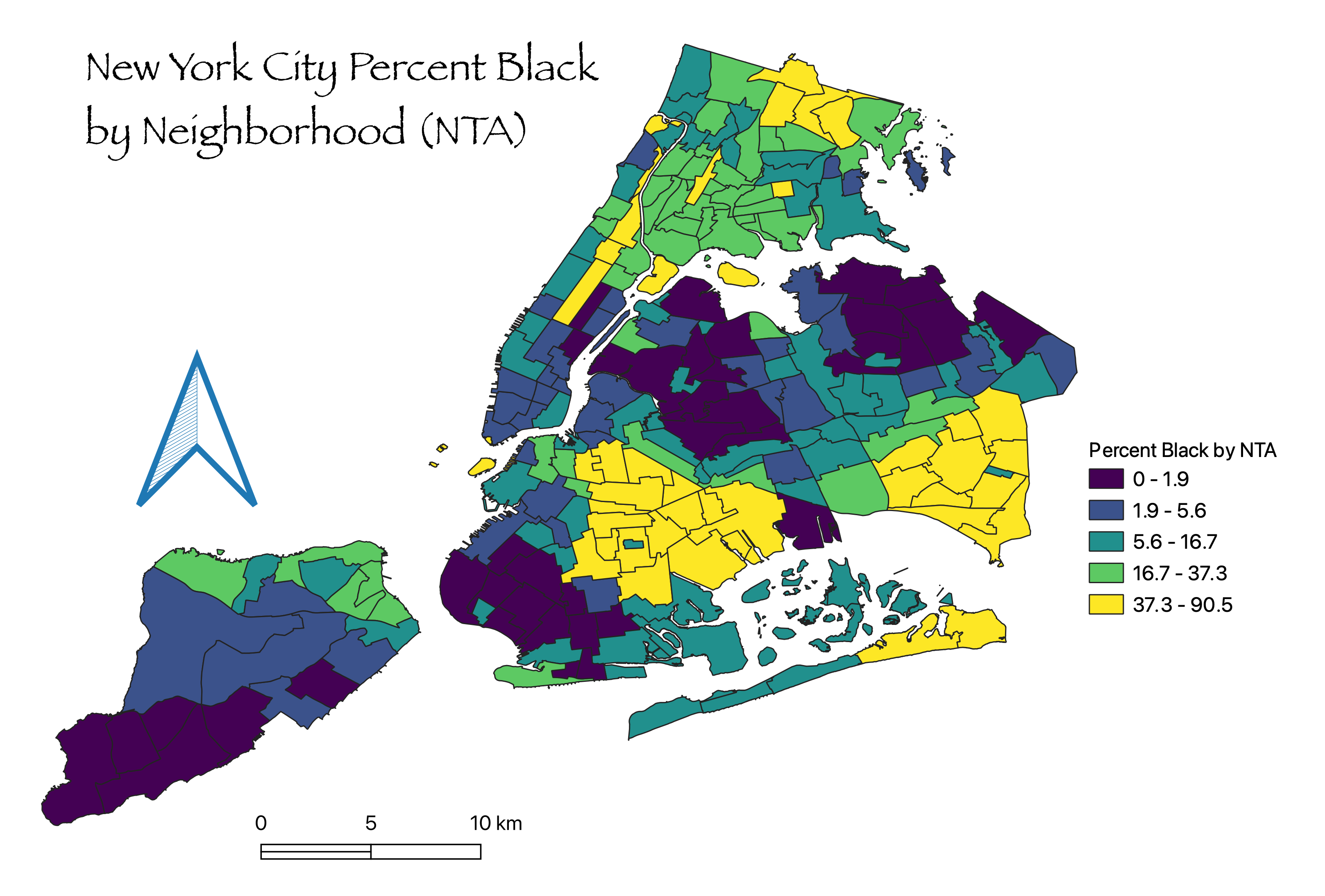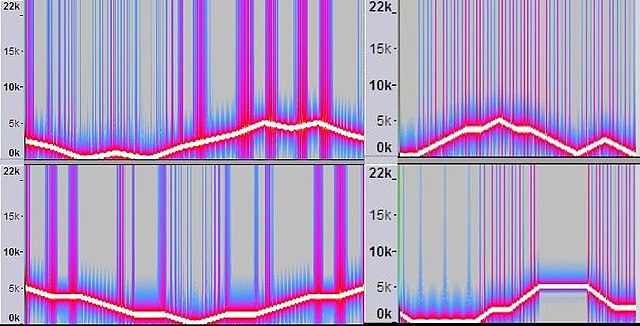
I started to think about purchasing a smartwatch amid a strong need to improve my health. Could this tool keep health information that would help me understand how to improve certain practices? Could it support me in my goals or tasks? More generally, how could it contribute to my life?
I started imagining myself wearing the watch. Since I am interested in the health use of the smartwatch, I didn’t want to have phone calls, messages, and social networks tied to my wrist! In a world that is pushing us to immediacy, I don’t want to embody my notifications. I needed a watch that allowed me to deactivate all of the above.
My goal was solely to collect my very own data from my body to make data-informed decisions. I even thought of creating artistic visualizations of myself using the data collected from the smartwatch for self-exploration (yup I love data!).
When I started to see the promises of what smartwatches could do to track my health, I was excited. For some personalities, having a machine constantly checking our hearts, our sleep patterns, and many other details feels empowering. I was captivated by the idea of using the watch to help me with my mental health!
I started to look for devices that would be more precise with the biometrics. I ended up finding four main brands that (bingo!) are all produced by Big Tech (what a surprise!). As this was a hard decision, a big change in my everyday life, and quite an investment, I looked for peer-reviewed papers on applications of smartwatches.
My big shock came when I read researchers mentioning that their studies were limited by the lack of access to the raw data. Yup… doctors were unable to use the technology to follow the conditions of their patients because they couldn’t have full access to the data… As explained by Blaine Reeder and Alexandria David (2016) in Health at hand:
“Another limitation of current smart watch research is the matter of where data will be hosted, who will manage it and who will pay for it. Proprietary data management models from single vendors can solve the problem of data collection, analysis and hosting with subscription models [hyperlink in original]. However, this approach is not transparent from the standpoint of algorithms used to analyze data [hyperlink in original] and can present problems of data ownership and access, especially if vendors are sold or go out of business.”
Journal of Biomedical Informatics, Vol. 63, pp. 269-276
Let’s make it clearer: you pay ($$$) for a device that you tie to your wrist to extract data from your own body (your personal physical territory in this world!) and send it to Big Tech. Then, Big Tech keeps your data and you only get access to the final (processed) data that you will consume on an app owned by the same company that made the watch. (Bitter laugh here). Even worse, you don’t have access to most of your data unless you pay for a premium version of the app!
This concept of paying to rent software with a subscription-based model, rather than buying it for perpetuity, is what is known as Software as a Service (SaaS). This is a form of Digital Rights Management (DRM), which implies that a designer can state when you can and cannot use the software you bought – for instance, needing to authenticate with the server to use your product, and therefore needing to have your activity monitored by the designer.
At this point, it was clear to me that I was not going to put on the shackles of a smartwatch. How would Big Tech use the data of my heartbeats, sleep patterns, feelings, and the info produced by my very own existence as a human? I refuse to participate in having my biometrics extracted to be used to train commercial apps for the surveillance of productivity under the guise of public health. I refuse to put the responsibility of health management on needing to pay for a device. I refuse to make mental and general health care more commercial, meritocratic, and individualistic. I refuse to have my body treated as data.






